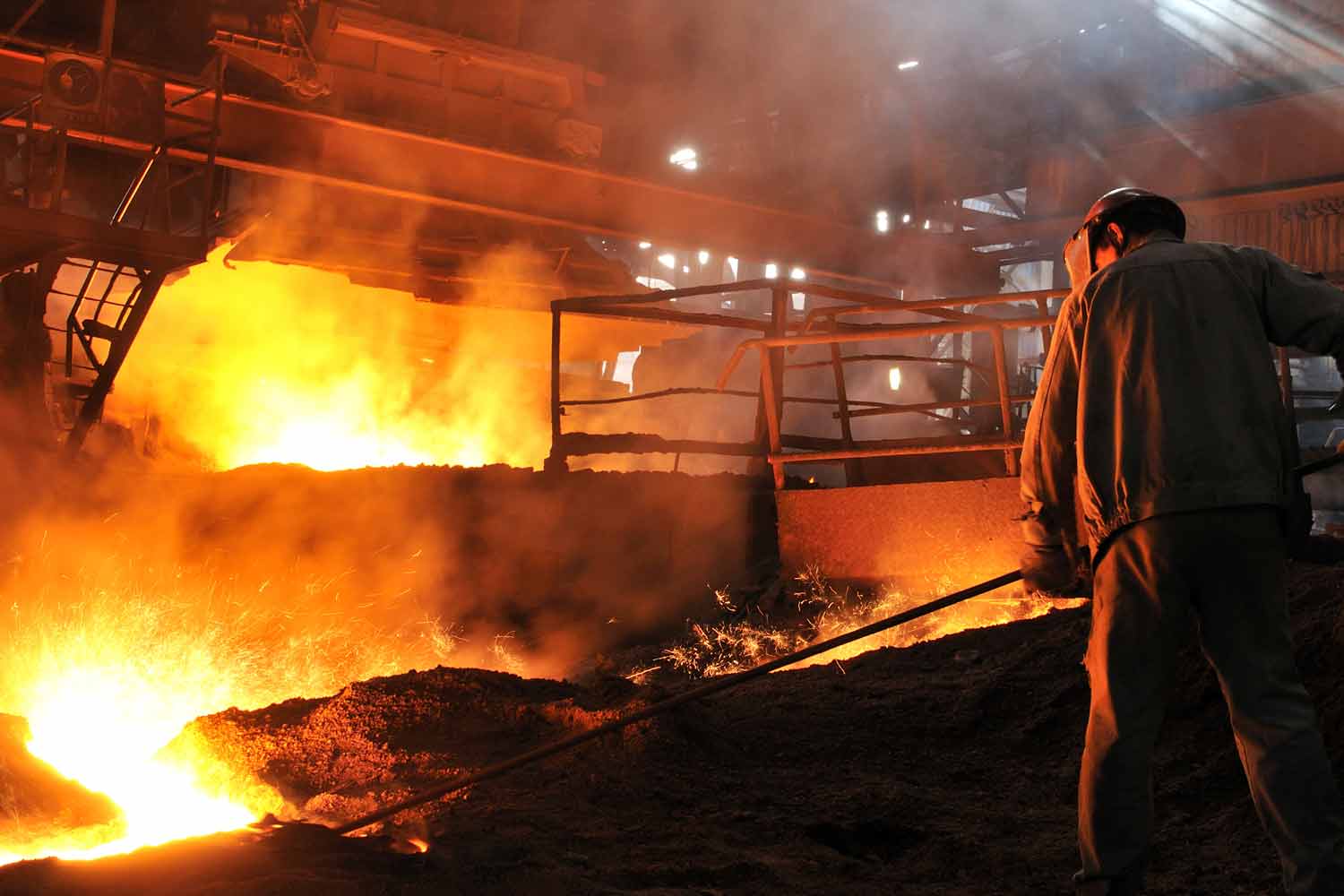Metals Processing
Accurately gauge metallurgical cooling requirements
Optimize mathematical models with real temperature data
Ensure proper bonding/curing temperatures and improved product quality
Improve throughput yield and profits
Detect hotspots, avoid costly machinery damage and unscheduled downtime

